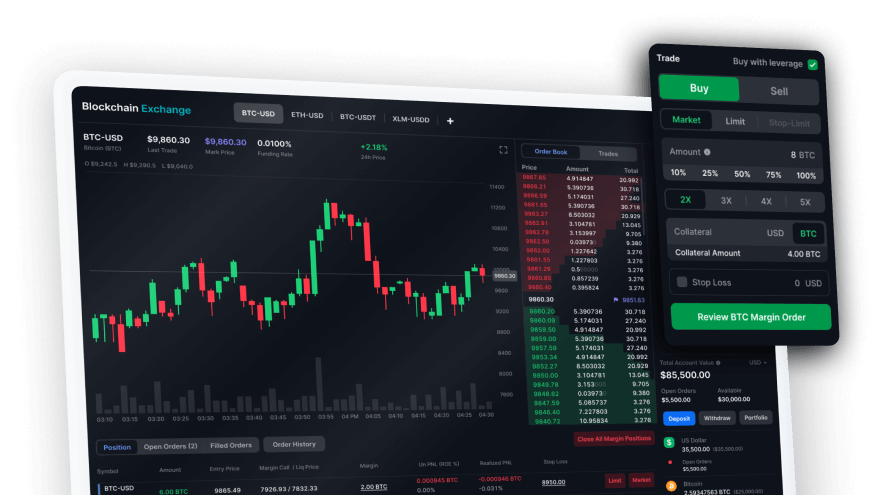BUSD is a stablecoin founded by Paxos and Binance. It is one of the few stablecoins that are compliant with the regulatory standards of the New York State Department of Financial Services (NYDFS).












A brief history
Binance was founded in 2017 by Changpeng Zhao, a developer who had previously created high-frequency trading software. Binance offers crypto-to-crypto trading in more than 500 cryptocurrencies and virtual tokens, including Bitcoin (BTC), Ether (ETH), Litecoin (LTC), Dogecoin (DOGE), and its own token Binance Coin (BNB). Additionally, the Binance exchange has among the lowest transaction fees for cryptocurrency exchanges while also offering high liquidity and discounts to users who pay in the native BNB cryptocurrency tokens.
BUSD in practice
The mechanism for keeping BUSD’s peg is relatively simple. Each BUSD is exchangeable for 1 USD from the reserves. By sending your BUSD to Paxos, they will burn your tokens and provide you with the fiat currency. This mechanism keeps the supply and reserves at a constant 1:1 ratio. Whenever the price of BUSD begins to move lower than $1 per 1 BUSD, traders will purchase BUSD in large quantities. After purchasing large amounts of BUSD, traders can then convert the BUSD tokens into fiat through the Paxos platform. An increase in demand for BUSD naturally raises the token price back up to $1, restoring the 1:1 peg. As mentioned before, BUSD is one of the few stablecoins that are compliant with the regulatory standards of the New York State Department of Financial Services (NYDFS). New York state regulators have enforced particular measures on Paxos, Binance, and how the stablecoin must operate. Along with making sure the token is fully collateralized, Paxos must carefully control the creation and burning of BUSD tokens. Paxos also has the right to freeze accounts and remove funds if needed due to illegal activity. These principles all adhere to the Trust Charter and New York banking laws applicable to the stablecoin.



































































































